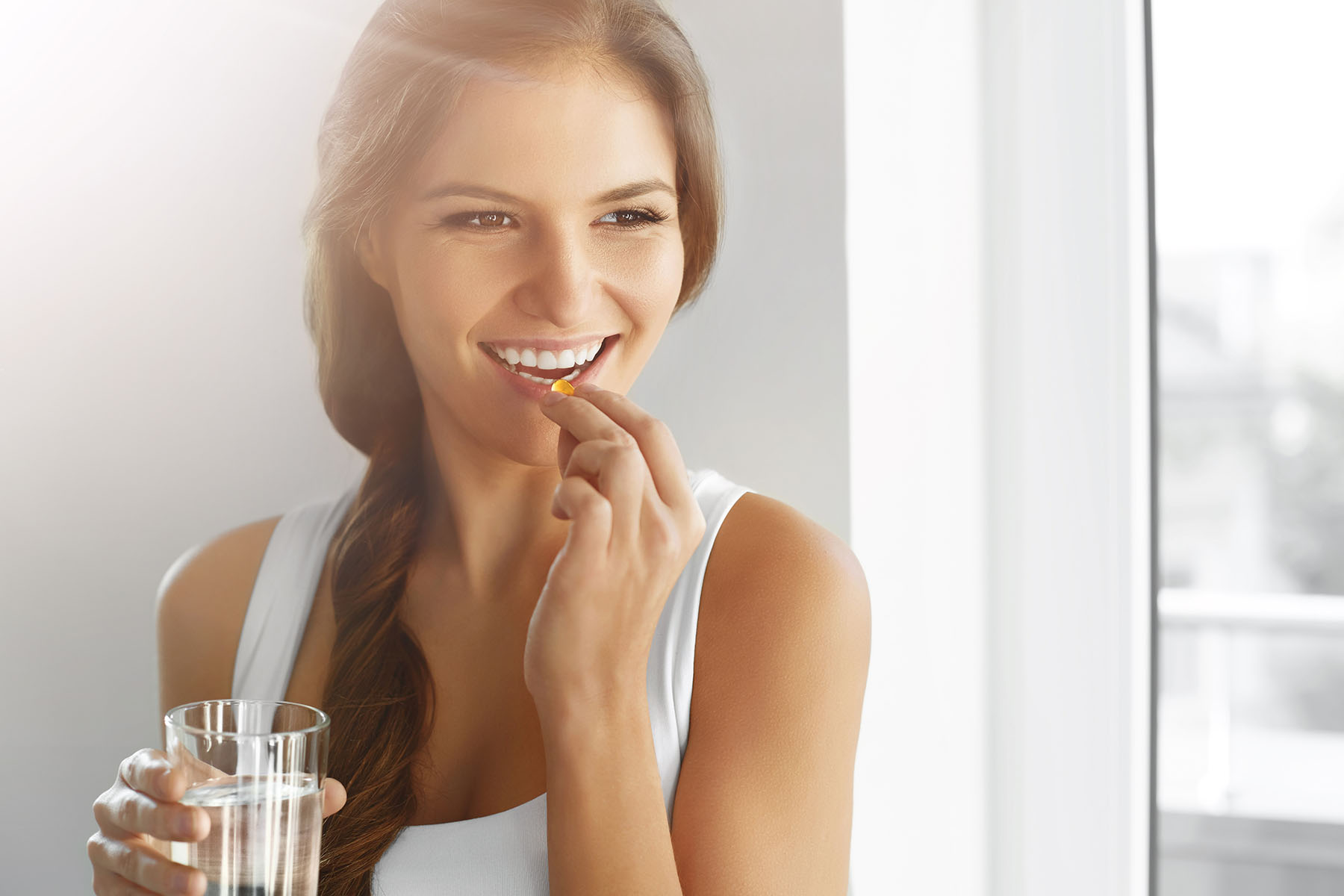Beauty Ingestibles: Are You What You Eat?

Beauty industry companies are constantly bombarding consumers with billboards, ads, and commercials. Every one making grandiose claims about the many ways they can fix a beauty blight.
“Fix those dark circles”
“Watch those laugh lines disappear.”
Now, supplements and vitamins re-emerging on the market as “beauty ingestibles.”
What are beauty ingestibles?
Basically — they are multivitamins for your skin.
“Beauty ingestibles are really compounded vitamins and supplements that have been around for decades,” said Dr. Shasa Hu, a dermatologist at the University of Miami Health System. “By combining multiple vitamins into one single ingestible, it makes people feel like they’re doing something that’s more convenient with their lifestyle. It’s more reflective of the general trend of a customizable regimen in terms of lifestyle and fitness.”
Consumers should pay attention to three main things, says Dr. Hu.
- Ingredient quality
- Combination and dosing
- Unsubstantiated claims—like “better skin after one use”
The FDA does not regulate the beauty ingestible industry. Therefore, manufacturers can make claims that not always supported by research — and it’s not illegal.
Safety is paramount, so choose wisely.
“Only a few larger companies have science backing their claims or their ingredient lists,” says Dr. Hu. “So, you need to watch out for the sources of the vitamins and supplements to make sure they’re not getting any adulterated ingredients. For example, if you’re not careful with herbal supplements, you can inadvertently expose yourself to heavy metal such as lead or mercury that are toxic to your body.”
The second consideration: does the combination of vitamins and supplements within the beauty ingestible make sense? For example, the maximum daily intake of Vitamin C is 2,000 milligrams (mg). “If a supplement packs more than 2000 mg of Vitamin C, you know that’s excessive,” said Dr. Hu. Not only can excessive amounts lead to health risks like diarrhea or nausea, but also excess “is excreted through your renal system, and it becomes a waste of money.”
Third: look at the claims carefully. She explains that if “a vitamin or beauty ingestible claims it will give you something like beautiful skin in one week, then that’s a red flag because skin takes 3-6 weeks to cycle through. It’s impossible for you to see results less than a whole cycle of skin cells.”
Your diet is your first line of defense
A healthy diet helps you maintain a healthy weight, reduce risk for chronic diseases, and even helps boost your mood. In terms of “beauty” benefits, a person might experience less wrinkling, clearer skin, or stronger hair. Sometimes consumers find little time to prepare a healthy diet to see those beauty benefits. Some of them may also be picky eaters.
That’s where beauty ingestibles can help.
“We always recommend healthy diet first,” Dr. Hu said. “But the key thing is sometimes people have very different food preferences. With ingestibles, it’s more compatible with modern life and people on the go. For example, if you’re not a big vegetable eater, it will be hard for you to get your vitamin a, c, and d. A healthy diet is the easiest way to get these nutrients, but ingestibles can help give people a way to follow-through on a daily basis.”
So, what’s the verdict?
“The key is for people to do their research,” Dr. Hu said. “Don’t just purchase something based on fun packaging. You need to make sure you’re doing the right thing for own body because your own health is complicated by medication and your own digestive tract. You’ll also benefit more if you’re working with a physician before investing a lot of money into these ingestibles.”
Cara Tremols is a contributing writer for UMiami Health News.
Tags: dermatology, diet, Dr. Shasa Hu, healthy skin, Nutrition
